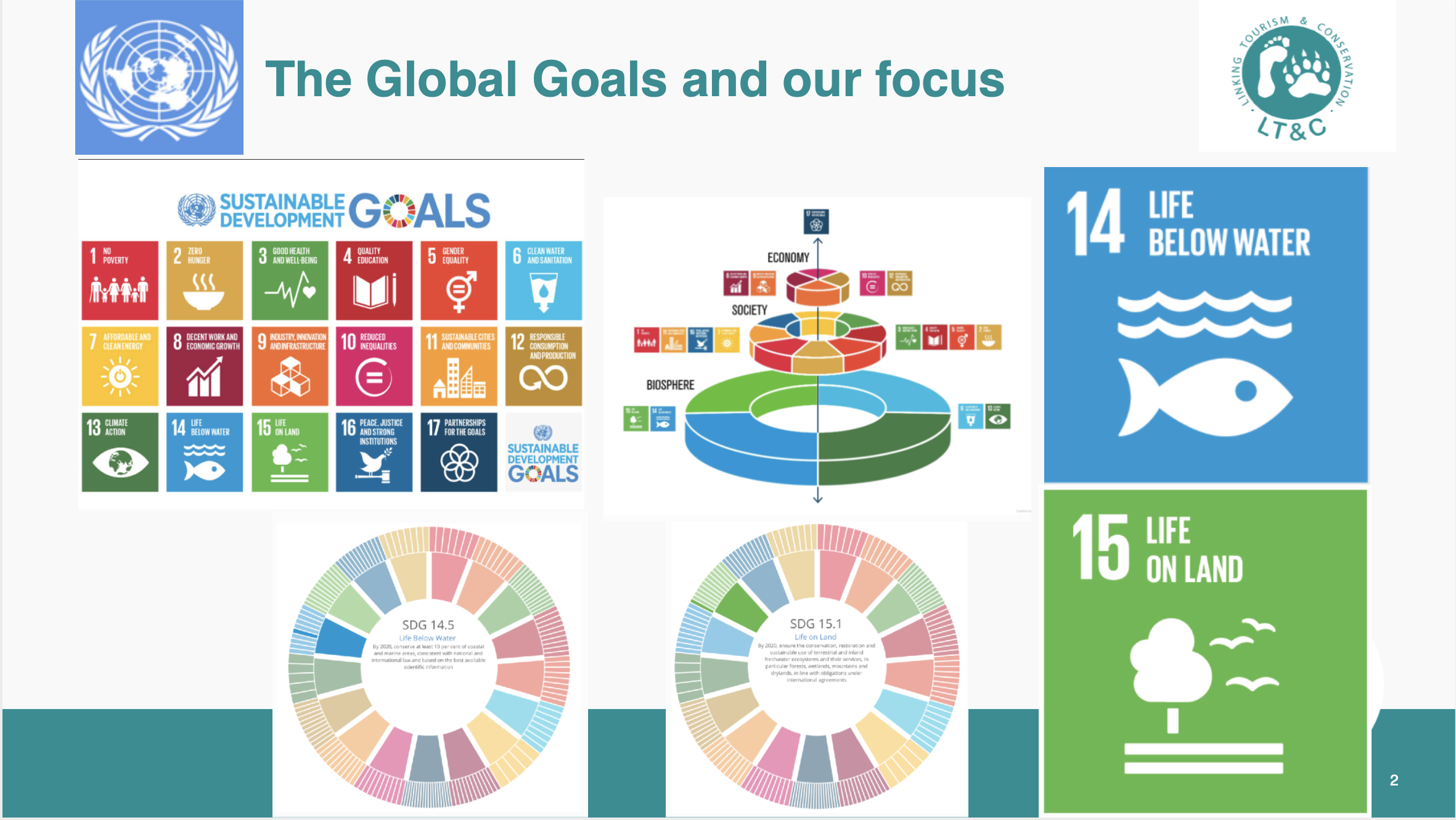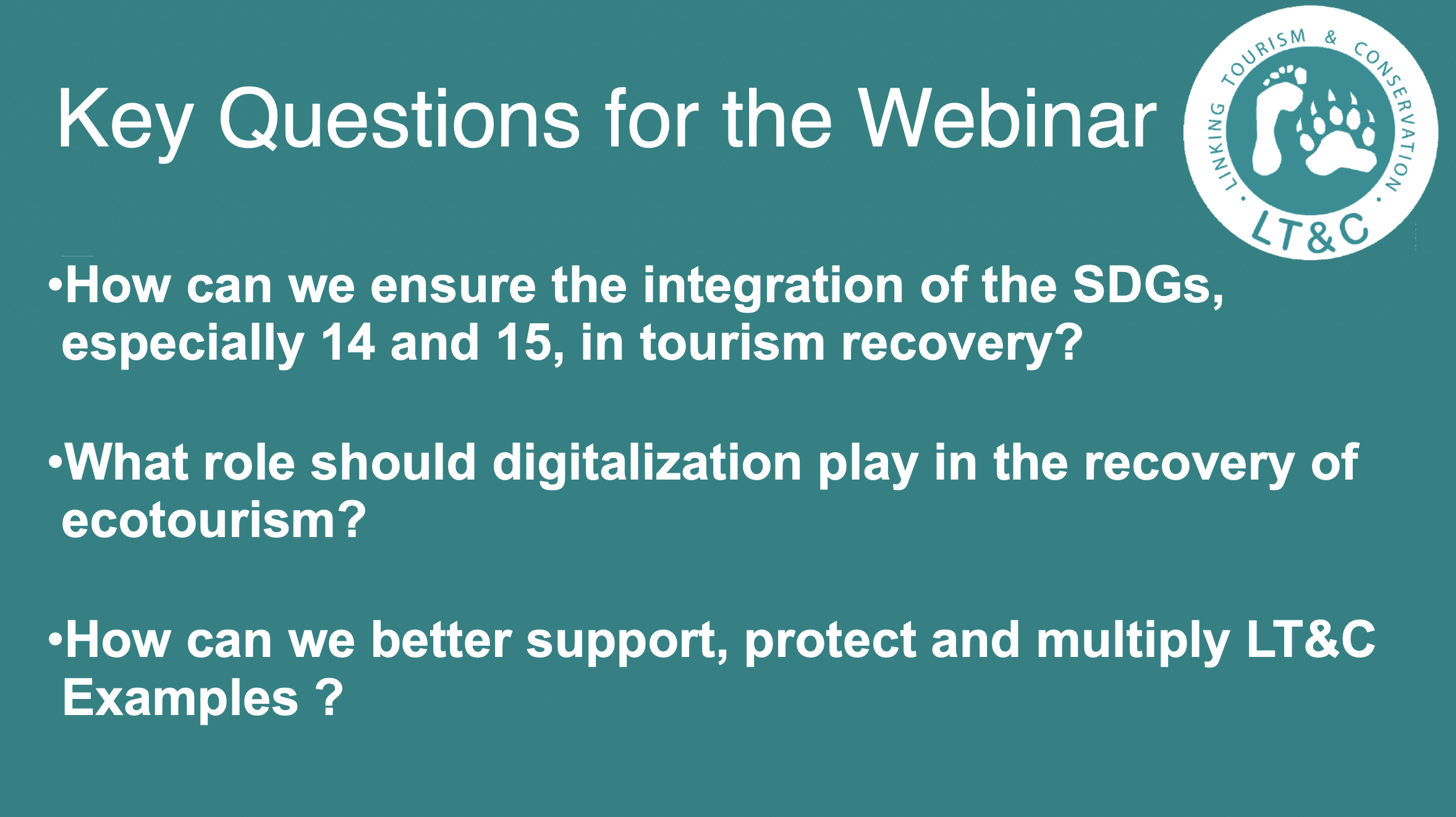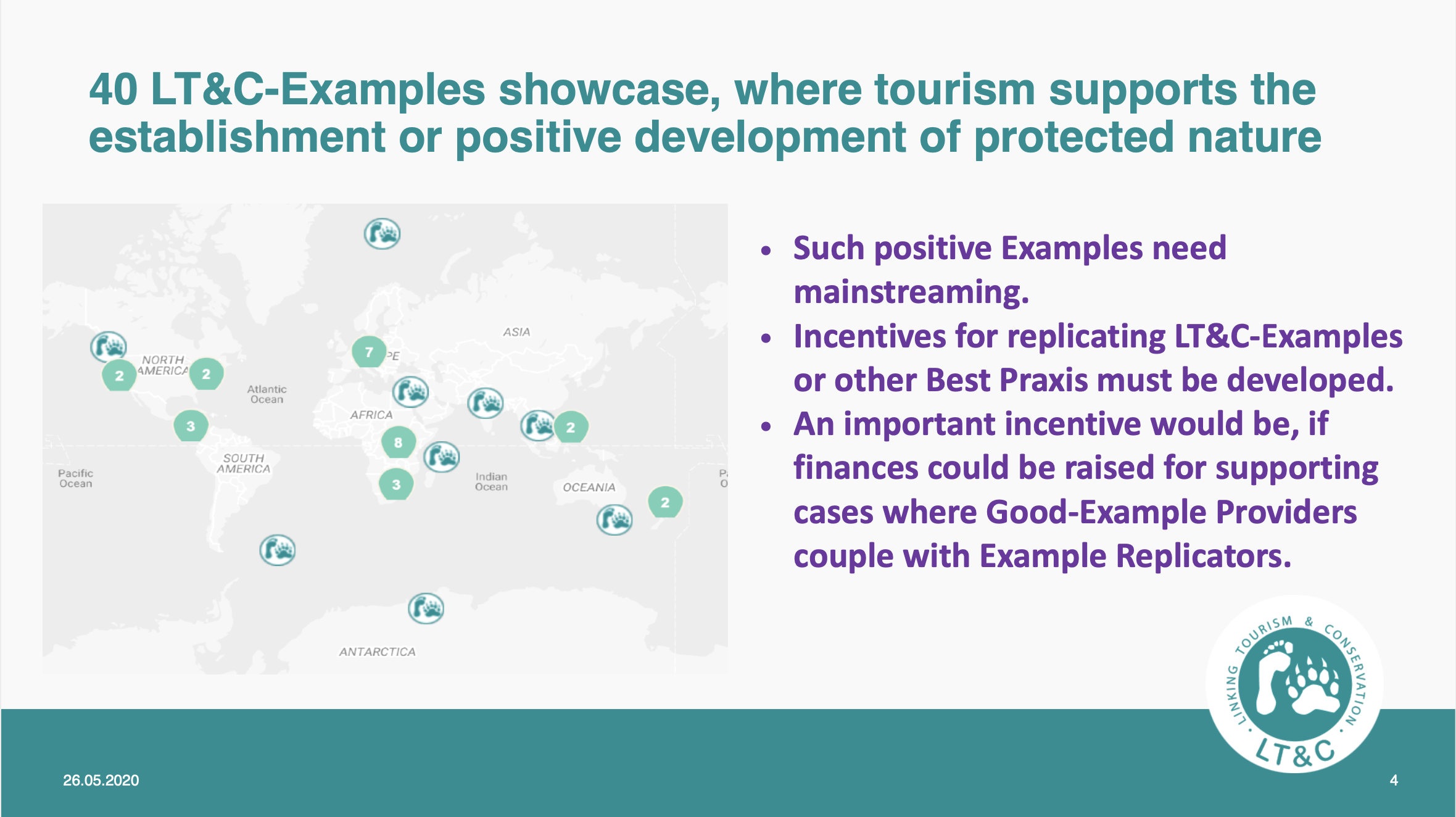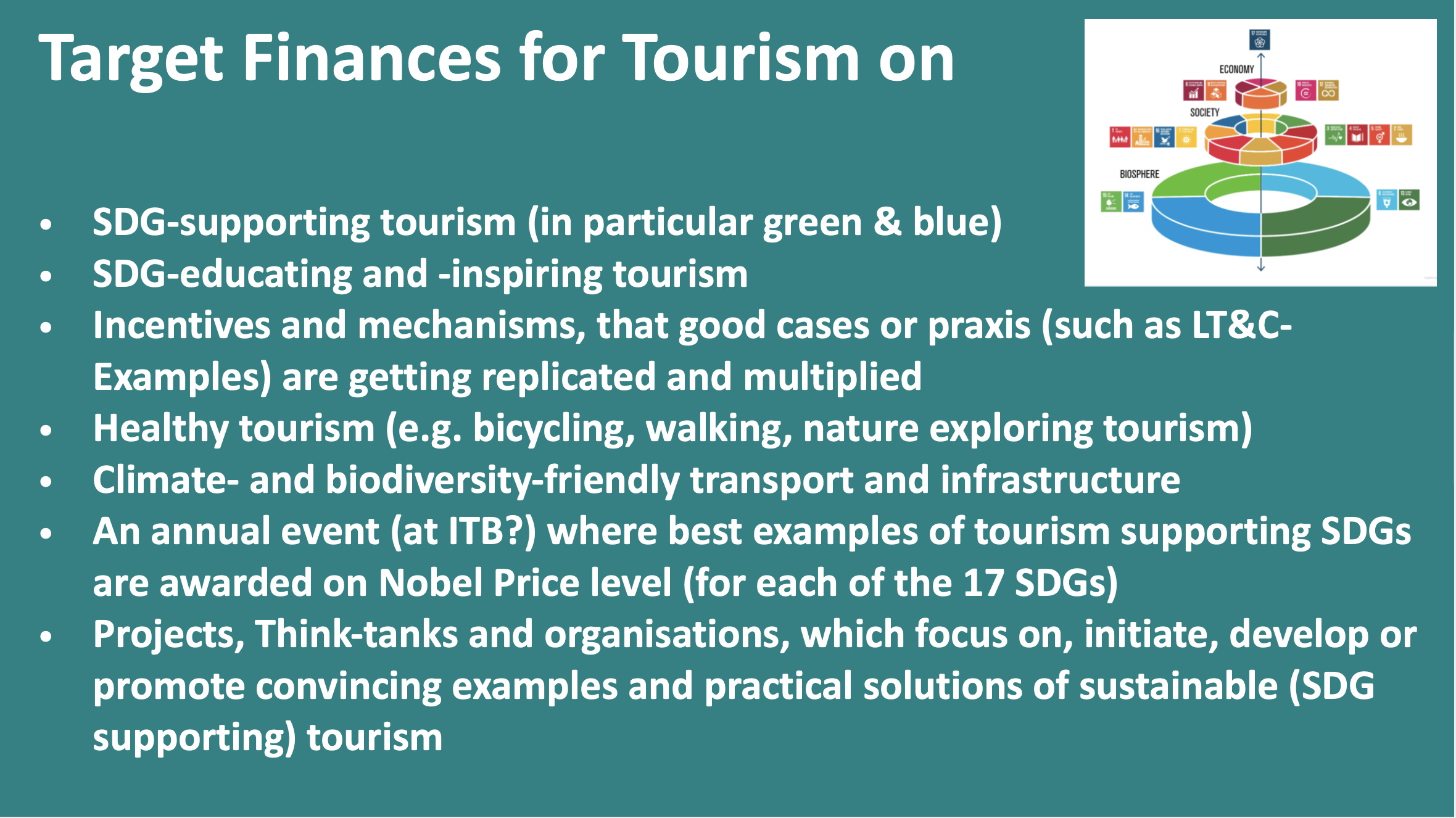Last week we had the pleasure to host our first online webinar on “Effects of the pandemic on ecotourism destinations and protected area management – LT&C Example Providers share insights into their crisis management” which featured testimonies and insights from our LT&C members and partners from around the world on how the crisis has affected them in their organisations or eco destinations and what lessons they have learnt so far.

The webinar was moderated by Diana Körner and after a short introduction by LT&C founder Peter Prokosch, the following LT&C example providers and members presented their cases :
- Sibylle Riedmiller and Benjamin Taylor: Chumbe Island Coral Park, Zanzibar, Tanzania
- Greg Bakunzi: Virunga national park, DRC, and Red Rocks community activities, Rwanda
- Svein Wilhelmsen: Basecamp Masai Mara, Kenya
- Aivar Ruukel: Celebration of European Day of Parks in Estonia, on 24th of May in 2020
- Timothy O’Donoghe: Reopening of Jackson Hole & Yellowstone, USA
- Zoritsa Urosevic: UNWTO – a responsible tourism recovery
- Philippe Moreau: Greener Act, Portugal: https://www.greeneract.com
The webinar aimed to address the following questions:
- How can we ensure the integration of the SDGs, especially 14 and 15, in tourism recovery?
- What role should digitalization play in the recovery of ecotourism?
- How can we better support, protect and multiply LT&C Examples?
Following the presentations, a lively discussion evolved, with many participants asking questions, particularly in regard to the importance of domestic tourism to offer support to nature-based tourism offers. Panellists shared good practices and lessons learnt from Estonia and Wyoming (US) in launching successful protected area events and offers for local populations. Some of the challenges encountered by African destinations to develop inclusive domestic nature-based tourism offers, which are accessible and affordable for local populations were also highlighted. The role of UNWTO in supporting governments in addressing SDGs and creating local value as part of their tourism recovery plans was discussed. It was found that LT&C examples, such as the ones that were presented, should indeed get priority in terms of incentives for recovery as they directly contribute to SDGs and local livelihoods which in turn are intrinsically linked to conservation areas. These examples provide models and showcases to build on and learn from when re-designing any post-shock tourism development programmes.
Click here to see the full webinar.
We are considering hosting more webinars in the future. If you are an LT&C example provider or member, please contact us to express your interest to feature in our next webinar.





